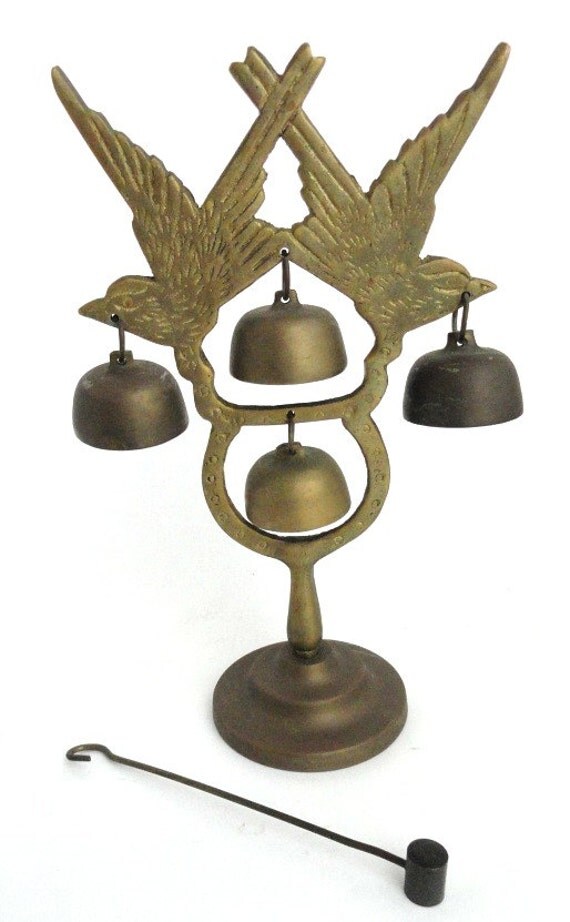
Tin bronze was superior to arsenic bronze in that the alloying process could be more easily controlled, and the resulting alloy was stronger and easier to cast. Other early examples date to the late 4th millennium BCE in Egypt, Susa (Iran) and some ancient sites in China, Luristan (Iran), Tepe Sialk (Iran), Mundigak (Afghanistan), and Mesopotamia (Iraq). 4650 BCE, in a Vinča culture site in Pločnik ( Serbia), and believed to have been smelted from a natural tin-copper ore, stannite. The earliest tin-copper-alloy artifact has been dated to c.

The earliest artifacts so far known come from the Iranian plateau, in the 5th millennium BCE, and are smelted from native arsenical copper and copper-arsenides, such as algodonite and domeykite. Initially, bronze was made out of copper and arsenic, forming arsenic bronze, or from naturally or artificially mixed ores of copper and arsenic. Bronze tools, weapons, armor, and building materials such as decorative tiles were harder and more durable than their stone and copper (" Chalcolithic") predecessors.

The discovery of bronze enabled people to create metal objects that were harder and more durable than previously possible. Roman bronze nails with magical signs and inscriptions, 3rd-4th century AD. The Bronze Age was followed by the Iron Age starting from about 1300 BCE and reaching most of Eurasia by about 500 BCE, although bronze continued to be much more widely used than it is in modern times.īecause historical artworks were often made of brasses (copper and zinc) and bronzes with different compositions, modern museum and scholarly descriptions of older artworks increasingly use the generalized term " copper alloy" instead.

The beginning of the Bronze Age in western Eurasia and India is conventionally dated to the mid-4th millennium BCE, and to the early 2nd millennium BCE in China elsewhere it gradually spread across regions. The archaeological period in which bronze was the hardest metal in widespread use is known as the Bronze Age. These additions produce a range of alloys that may be harder than copper alone, or have other useful properties, such as strength, ductility, or machinability. Various examples of bronze artworks throughout historyīronze is an alloy consisting primarily of copper, commonly with about 12–12.5% tin and often with the addition of other metals (including aluminium, manganese, nickel, or zinc) and sometimes non-metals, such as phosphorus, or metalloids such as arsenic or silicon.


 0 kommentar(er)
0 kommentar(er)
